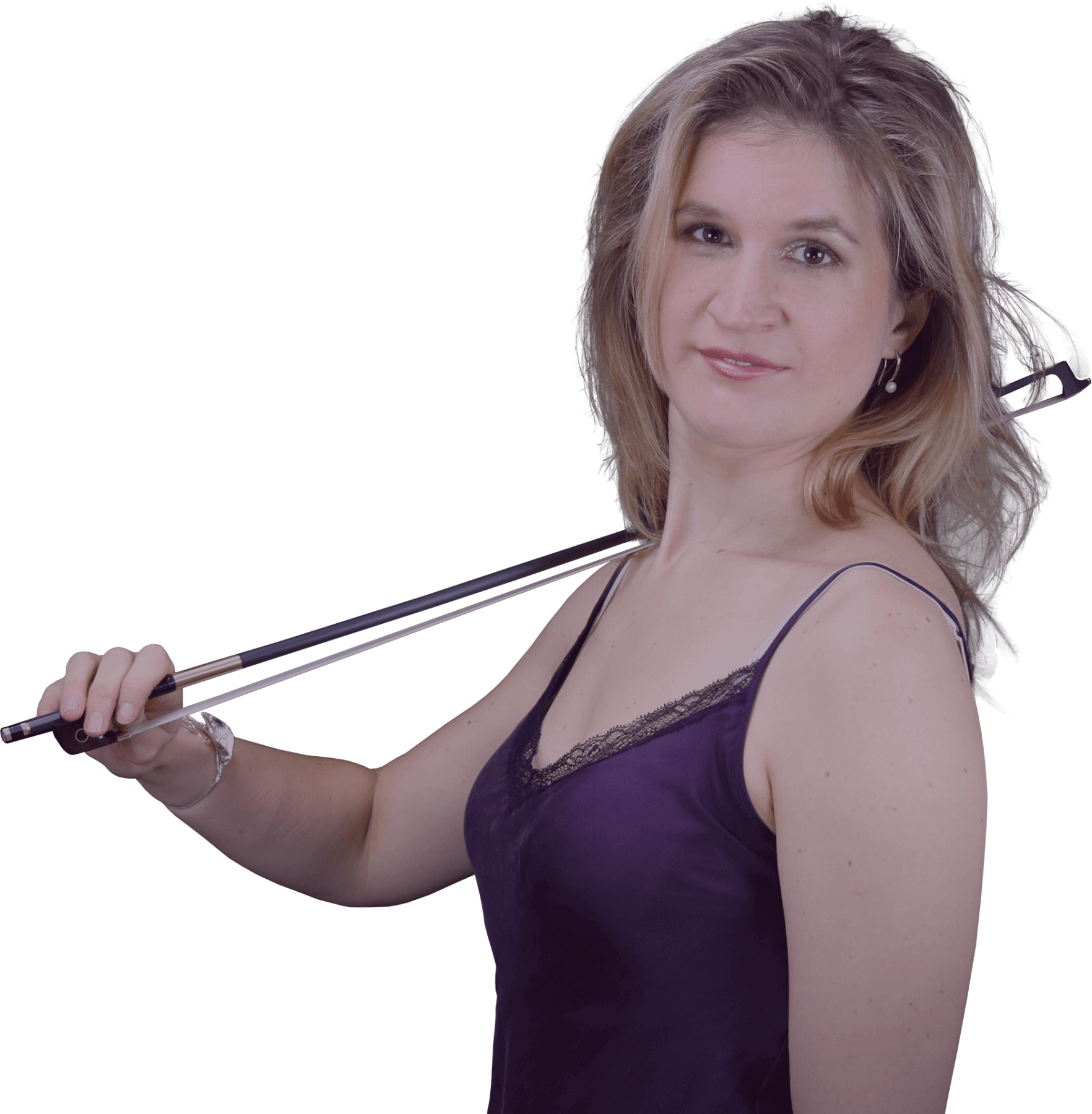Improve your ricochet violin bowing technique | Violin Lounge TV #531
Learn to control your ricochet violin bow stroke:
speed, sound, height of the bounce, number of jumps and improve your bow technique
This video was made for one of our students as feedback. Learn from Vivien and me in my program Bow like a Pro: www.bowlikeapro.com
In ricochet we give a lot of control to the bow. The bow bounces on it’s own and we play with the energy of the bow. By balancing proportions we can influence ricochet.
Practicing ricochet is beneficial for all other areas of your bowing technique, because you learn to know how the bow reacts.
If you’re new to ricochet, watch this video in which you learn the basics of this bowing technique first.
Balancing the right hand
Lean the hand more towards the fourth finger, knuckles are more straight, so you take away the weight from the bow and let the bow bounce.
Watch the balance of your hand depending on if you need to stop the bow from bouncing or let it bounce.
Contact with the stick
If your bow bounces from side to side in ricochet instead of a straight line, see if you’re not hooking your first finger (index finger). If you unhook your first finger, you have more contact with the stick. Your fingers have to be able to move.
Also feel into the third finger and it’s contact with the frog. It changes the angle of the bow.
Place on the bow
The closer you go towards the frog, the more control you have. The more you’re at the tip, the less control. The sound of the ricochet will be different: lower on the bow it will be louder and more precise. Higher up the bow it will be softer, faster and not so precise. Practice ricochet on different places on the bow and observe what the bow does and feel how it feels in your bow hand.
Hi! I'm Zlata
Let me help you find a great bow for your violin, so you can improve your bowing technique and sound quality:

Hi! I'm Zlata
Classical violinist helping you overcome technical struggles and play with feeling by improving your bow technique.
Amount of bounces
Let the bow decide how often it bounces and experiment with the speed of the bounce. The more you lean your hand towards the fourth finger, the slower the bow will bounce and you’ll have less bounces. The more contact you have with your first finger, adding a small amount of weight, then you get faster and more bounces.
Every practicing session is an experiment
You’ll have the experiment with the place on the bow, how much bow you use (bow speed), how much weight you have (balance in the hand) and the tilting of the bow. If you tilt your bow towards the fingerboard, this reduces the tension of the hairs and reduces the bouncing resulting in a softer ricochet.
How much you tighten your bow also influences the ricochet as you change the tension in the hair and the bow will be jumpier with a higher tension.
This is different with every bow, so you have to find this out yourself.
In summary: you can influence your ricochet with:
- Weight (balance of the hand)
- Bow speed (how much bow you use)
- Place on the bow
- Tilt of the bow (angle of the stick)
- Tightening of the bow
Also experiment with the horizontal and vertical movement of the bow. Horizontal is the bow speed: how much bow you use. Vertical is the height of the bounce.
Did you know that there are over 100 different violin bowing techniques?
Go here to learn all about them in my video about 102 violin bow strokes.


Thanks to Vivien for an very practical video. I almost felt she was my violin teacher from years ago. What spoke to me much was the experimentation aspect of getting to know the bow and patience on working with the natural physical aspects of it in order to produce an apprehensible guide to use with tempo. The add/delete weight aspect was also very instructive as I was never taught that before. So I guess I sort of handcuffed myself all these years without realizing it. What a breath of fresh air these are! Thank you.
Wonderful!